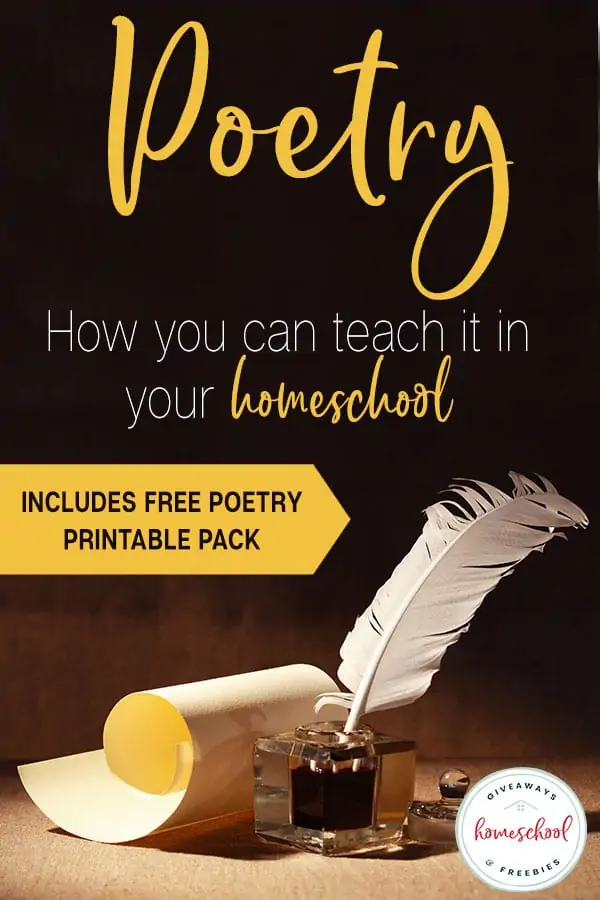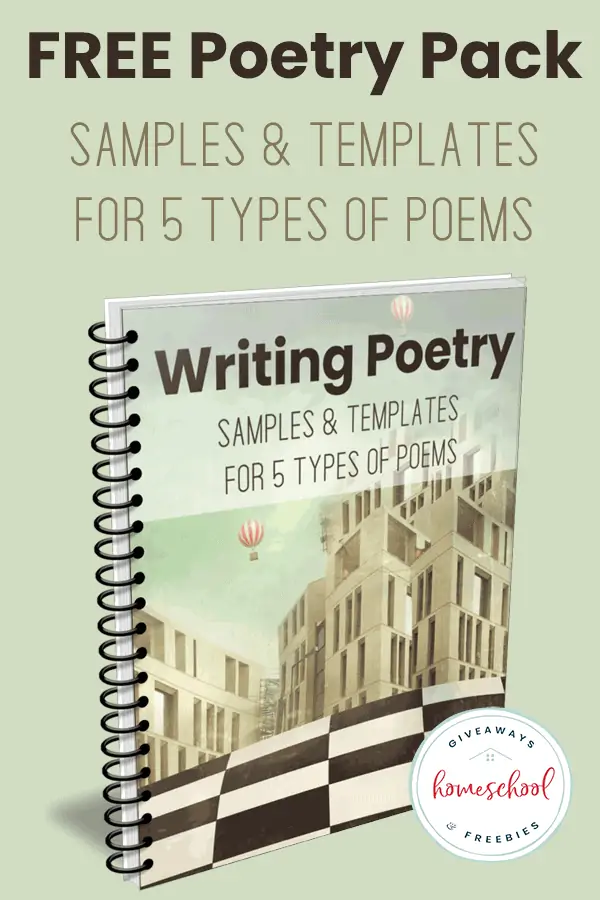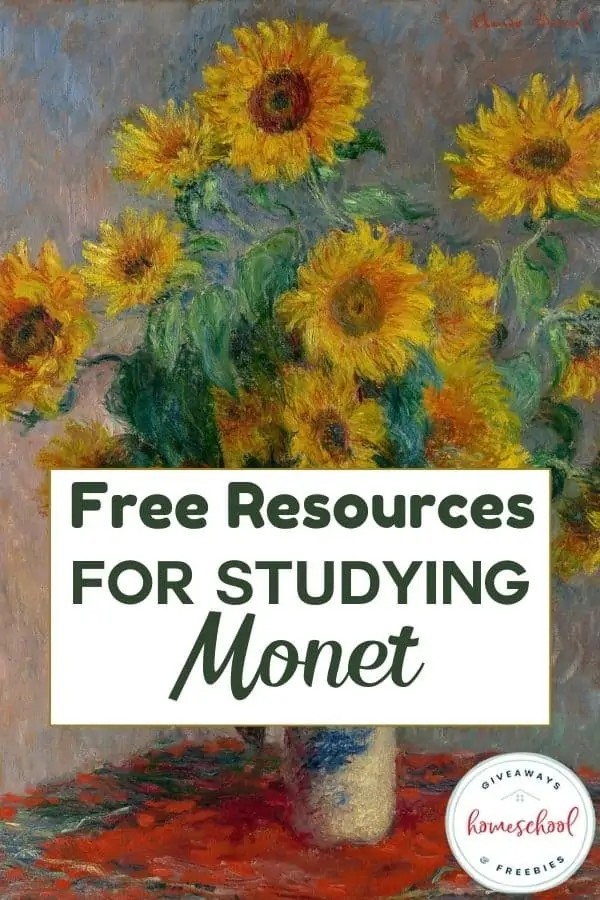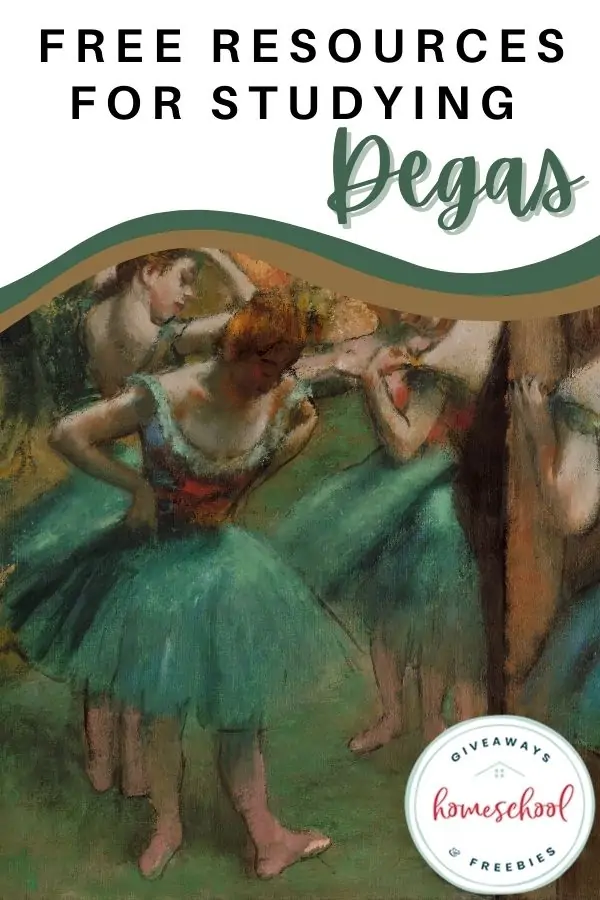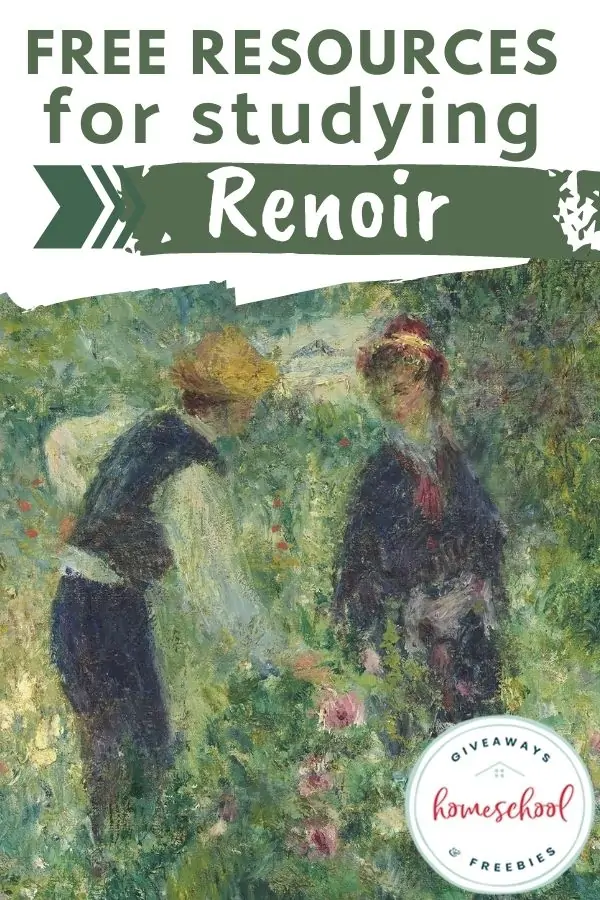How to Teach Poetry in Your Homeschool (Free Printable)
Published:
March 29, 2019
Contributor:
Jeannette Tuionetoa
Disclosure: This post may contain affiliate links, meaning if you decide to make a purchase via my links, I may earn a commission at no additional cost to you. See my disclosure for more info.
Are you wondering how to teach poetry in your homeschool? Let’s explore 5 types of poetry and some ways to teach each type. We also have a Free Printable Pack with templates that you can find at the bottom of this post.
5 Types of Poetry
Let’s explore 5 different types of poetry you can teach in your homeschool.
Haiku – Haiku is a short, descriptive form of poetry that is meant to be read in one breath. Haiku poetry normally describes subjects from the natural world, animals, nature, seasons, anything from the most minute of topics like a drop of dew to the grandest like a skyscraper.
Haikus only have three lines with a total of 17 syllables:
The first line is 5 syllables.
The second line is 7 syllables.
The third line is 5 syllables like the first.
It doesn’t have to rhyme at all and can include repetition of words or sounds. This is my favorite. I see beauty in its simplicity.
Limerick – A limerick is a humorous/funny poem that has only five lines. The first, second, and fifth lines must have seven to ten syllables while rhyming and having the same verbal rhythm. The third and fourth lines only have to have five to seven syllables and have to rhyme with each other and have the same rhythm.
Acrostic – An acrostic is a poem, word puzzle, or other composition in which certain letters in each line form a word or words. The first, last or other letters in a line spell out a particular word or phrase. The most common and simple form of an acrostic poem is where the first letters of each line spell out the word or phrase. I have seen these many time in memes.
Ballad – A typical ballad is a plot-driven song that takes us through events of time or character which inevitably leads to a dramatic conclusion. Have heard it best described that ballads don’t tell a reader what is happening, it attempts to show them what is happening instead. Ballads are many times assembled in quatrain stanzas, each line having three or four stresses and rhyming either the second and fourth lines, or all alternating lines.
Cinquain – A cinquain is a five-line poem invented by Adelaide Crapsey. She was an American poet who took her inspiration from Japanese haiku and tanka. She developed a collection of poems, titled Verse, that were published in 1915; they included 28 cinquains. A cinquain consists of five unrhymed lines.
The structure of a cinquain is as follows:
Line 1: 2 syllables
Line 2: 4 syllables
Line 3: 6 syllables
Line 4: 8 syllables
Line 5: 2 syllables
How to teach poetry in your homeschool
In doing some research, I saw that many people saw poetry as boring or even painful to learn. They were made to memorize and analyze meanings, having little choice into what types of poems they studied. That would make anyone shy away from it. It may even deter you from teaching it to your children in depth.
However, the benefits of exploring poetry with your kids can really have a lasting effect on how they express themselves and provide them an outlet they may normally not get. Kids need to get their feelings out, and they enjoy getting their thoughts out. Poetry also is an opportunity for your homeschoolers to appreciate God’s creation all around.
After you have taught what the poems are and how they are laid out, now you can put them into practice.
Poet studies:
Studies of poets and their work help kids to understand why poets wrote what they wrote. Kids can make a connection between what a poet is expressing and the times in which they lived. Claude McKay’s book of poetry, Harlem Shadows, has extraordinary literary influence and was one of the first books published during the Harlem Renaissance. The poets of the Romantic Period, called Romantics, felt that the relationships we build with nature and others define our lives.
Using poetry in God’s creation:
Use God’s creation to stimulate ideas. Take a nature walk or go to a park. Have your student pick one thing to write about and attempt to write Haiku or cinquain. Have them also draw a picture of what they saw and post it up with their poem somewhere in your home or have them think of someone they could give it to in a frame like a grandparent. Exploring God’s creation in nature and poetry going hand in hand.
Word splurge warm-up for poetry ideas:
A good way to warm-up to poetry lessons is to have a word splurge brain dump on paper. Put on your timer for one minute. Challenge your kids to write down everything that comes to their mind in that one minute. They can write down anything, anything silly, anything incomplete – just anything that comes to mind. After the minute is up, challenge your kids to use any of those words into a poem.
What is special about this practice is that the words are their very own, the thoughts are their very own, and it shows them they can create art from simple words and thoughts.
If your kids are getting stuck on thinking of words, tell them to think through the alphabet and brain dump words in alphabetical order which can help them to organize their thinking. (This is often called alphabet soup.)
Incorporate poetry with different subjects:
If you think about it, kids can easily derive poetry from other subjects in your homeschool. An atlas can provide a world of words to use in a rhyme. Mathematical facts can be learned using so many different mnemonics crafted into a verse or poem. Even kids who aren’t interested in poetry can see the value in using a mnemonic verse to memorize mathematical rules and facts.
Show the relevance of poetry today:
Many kids think poetry is dead, written by old people. Poetry can seem distant, but it doesn’t have to. Poetry can be for kids, by kids. If they are to know this somehow, you will see how it empowers them to express themselves and make words come to life.
Of course, nowadays much of poetry is depicted in what is called spoken word. I love to share these modern-day “clean” spoken poetry to my kids. We serve the Lord in our home and thankfully there is a slew of young poets out there that share their art right on YouTube and Godtube.
After watching the spoken word video, you can discuss with your kids what they thought about it. Have them write a version of what they have heard in one of these 5 poetry types. These are a few I have shared with my pre-teen (my 9-year-old has enjoyed them as well):
The Greatest Artist of All Time
Expose your kids to what is being produced now. The Poetry Society displays the Foyle Young Poets of the Year Award winners, which may be a cool resource for your kids to explore. (Definitely read the poems first, just in case.)
Random-words prompt for poetry ideas:
Give your kids three small pieces of paper each. On the first page, they write an abstract noun, on the second page, an adjective and on the third page, a concrete noun. All the papers are put into three containers or plastic cups and shaken up. (If you have two or more kids follow these directions, if you have one child I recommend them doing 3 abstract nouns, 3 adjectives, and 3 concrete nouns).
Each student takes one paper from each container or cup. From their combination of words, challenge them to create a phrase which will then be the subject for their poem writing. I find these work best with limericks since they can be funny and their word combinations may be funny in themselves.
Poetry together:
Reading poetry out loud and encouraging your child to stand and read poetry can help you both experience the beauty of the words. Don’t over analyze the poem. Keep it simple. Sometimes read poetry without an assignment. Read it just to read it. This will help your kids see a little differently. Write with your children. If you give your children a task to write poetry, write one as well and read yours to them first.
Use music in poetry:
Besides playing nature sounds or calming music during your poetry time to create the atmosphere, music itself that can be used to teach poetry. Have your kids pick their favorite song. Have them write out the lyrics to the song and read the lyrics out loud as a poem. Ask your kids the similarities they see between lyrics and poetry.
Poetry in your homeschool
Poetry helps in language development, creative language skills, creativity, writing skills, self-expression, and in the development of natural rhythms. It’s easy for us to forget the benefits of it, so there are some things to remember when teaching poetry in your homeschool.
Be sure to avoid negative comments. Encourage, but never push them in it. Some kids really don’t like writing and that isn’t the end of the world. Simple writing poetry prompts might help them spark an interest in writing poetry.
April is National Poetry Month, introduced in 1996 and organized by the Academy of American Poets as a way to increase awareness and appreciation of poetry in the United States. I know some poetry lovers may say we should use it throughout our school year. I totally understand that, but the realist in me knows that may not be possible all of the time.
I see no qualms with focusing on poetry mostly in April. Of course, if your children show extra interest in poetry then, by all means, utilize it to expound on their learning throughout your curriculum.
What we primarily need to do is encourage our kids to recognize that they have a unique voice and they have a story to tell — even at their age. You can use poetry in your home to celebrate differences and experiences.
If you agree that poetry should be shared in your homeschool, then whether it is only explored in April for National Poetry Month or sprinkled throughout your homeschool year, these printables will be a great way to start teaching it.
You may also find some great free poetry resources at these links:
Free Poetry Printables for National Poetry Month – Find a list of free poetry printables you can download and print to use in your homeschool.
Shel Silverstein Poetry Study and Free Printables – Learn more about Shel Silverstein and grab some free printables.
Printables and Resources for Poetry Study – Explore even more free poetry printables.
Writing Poetry – Samples & Templates for 5 Types of Poems
This free download includes the following for each of the 5 different types of poetry listed above:
- Sample Poems
- Poetry Guidelines
- Poetry Notebooking Pages
How to Download The Free Poetry Pack Pack
To get access to this free poetry pack, sign into the subscriber library using the password found in all our emails. Not yet a subscriber? No worries – sign up below to get access now!
[magicactionbox]

